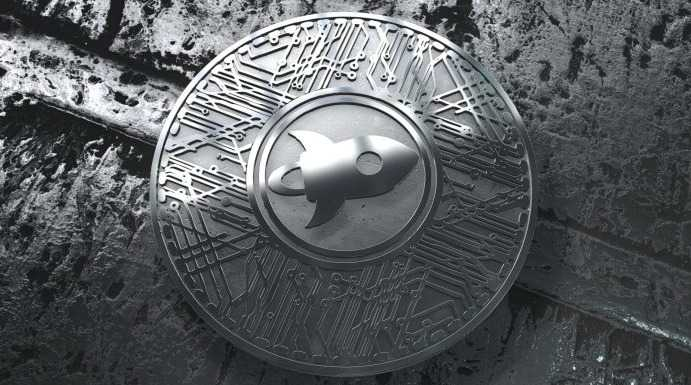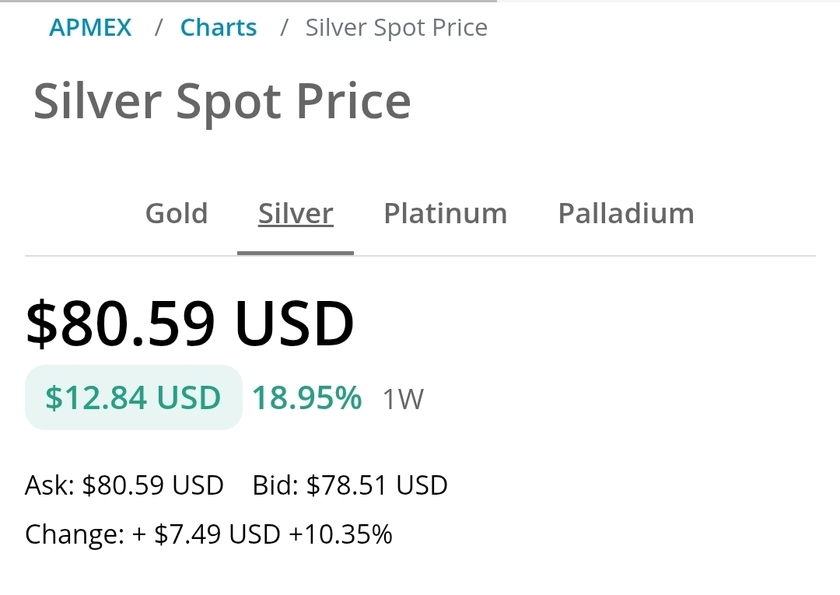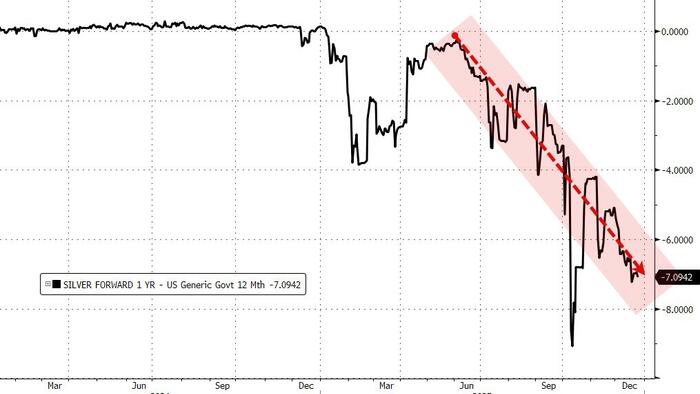- Soroban, a new player in the smart contract field, is rising to challenge the incumbents like Ethereum and Solana, offering inclusive technology choices and real-world reach.
- Ethereum and Solana, despite their popularity and unique features, may not always be the best choice for specific use-cases, which is where Soroban’s compelling features come into the picture.
Decisions abound in life and the world of blockchain development is no exception. Today, we shift our focus from leisurely choices like video games to more crucial ones like selecting a smart contract platform for your next project. Why should developers consider Soroban over giants like Ethereum and Solana?
The answer lies not only in popularity or the allure of a vibrant culture but in finding a platform that aligns with your goals and supports your intended use case.
Soroban might not be a one-size-fits-all solution for every blockchain entrepreneur or smart contract developer. However, it presents compelling reasons that make it a worthy contender when deciding where to establish your blockchain-based initiative.
In the arena of blockchain platforms, Ethereum undoubtedly wears the crown of popularity. However, popularity doesn’t always denote superiority. Soroban’s inclusive technology, untapped developer environment, and practical applicability separate it from Ethereum in distinct and beneficial ways.
Ethereum is known for using the Ethereum Virtual Machine (EVM) runtime environment and the Solidity programming language. In contrast, Soroban operates using the WebAssembly (WASM) runtime environment and supports a wider variety of programming languages including Rust, C, C++, Go, and AssemblyScript. This inclusivity not only promotes interoperability but also attracts a broader community of developers, resulting in continual improvements and expansion of these technologies and their related tools.
Where Ethereum’s tech exclusivity makes it a bit of an island, Soroban, under Stellar’s aegis, champions interoperability and inclusivity. This core philosophy drives their tech decisions, fostering a rich, interconnected developer environment.
Soroban is a fresh face in the smart contract arena, yet to go live on Mainnet but currently in its eighth preview release on Futurenet, a shared test network. This greenfield ecosystem offers immense potential for early adopters and innovators, giving them the chance to significantly influence the platform’s future.
Ethereum has a mature, well-established ecosystem, but this can mean heightened competition and a potential struggle for new projects to gain visibility. Soroban, by being later to the game, benefits from the wisdom of hindsight, making deliberate decisions to enhance security and efficiency.
Soroban, together with Stellar, boasts a global reach, supporting a wider range of fiat-backed stablecoins issued by different organizations across the globe. This supports more user control over finances and stimulates healthy competition among anchor services, compared to Ethereum’s broader focus on setting the foundation for a new internet era.
When it comes to transaction speeds and low fees, Solana stands toe-to-toe with Stellar, both offering a real-world applicability that outperforms Ethereum. However, network reliability and ease of developer onboarding also play a critical role in real-world applications.
Solana, despite its attractive features, has experienced ten major outages since its 2020 launch.





























